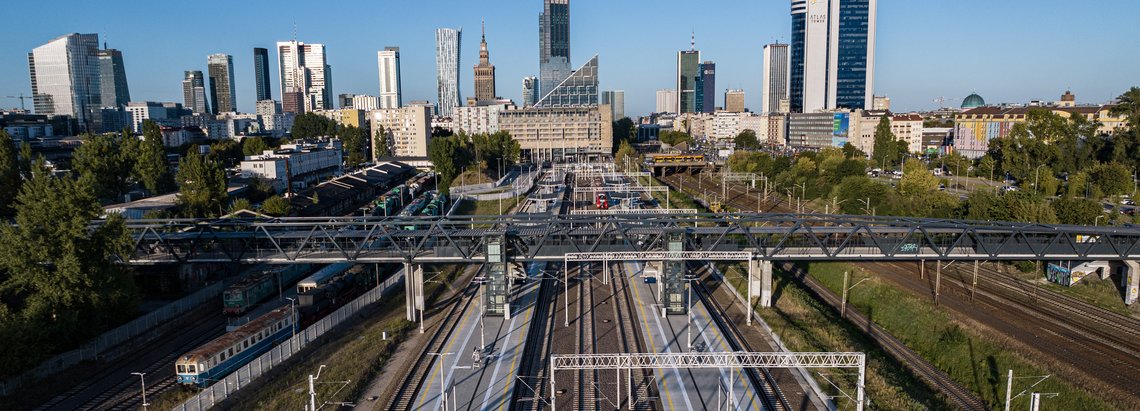Rail Freight Corridor North Sea-Baltic – Your East West Rail Bridge across Europe
Rail Freight Corridor North Sea – Baltic was established in accordance with Regulation (EU) 913/2010. Its geographical outline includes also changes in accordance with Regulation
(EU) 1315/2013 and 1316/2013 and the Commission Implementing Decision (EU) 2015/1111. The corridor is operational since November 2015. The Corridor runs through eight EU Member
States: starting in the North Sea ports of Antwerp, North Sea Port (Gent/Terneuzen), Zeebrugge, Rotterdam, Amsterdam, Wilhelmshaven, Bremerhaven and Hamburg spreading in central
Germany through Aachen, Hannover, Magdeburg and Berlin to Warsaw and the Polish-Belarus border in Terespol. A branch leads from Magdeburg to Prague via Falkenberg and Dresden. In
Falkenberg starts the Southern branch in Poland to Wrocław, Katowice and Medyka. Another branch goes from Warsaw to Kaunas, then to Riga and Tallinn. RFC NS-B includes more than
9600 km of railway lines and connects the most important North Sea ports with Central Europe and the Baltic States providing a rail bridge between Eastern and Western Europe.

Rail Freight Corridor North Sea – Baltic was established in accordance with Regulation (EU) 913/2010. Its geographical outline includes also changes in accordance with Regulation (EU) 1315/2013 and 1316/2013 and the Commission Implementing Decision (EU) 2015/1111. The corridor is operational since November 2015. The Corridor runs through eight EU Member States: starting in the North Sea ports of Antwerp, North Sea Port (Gent/Terneuzen), Zeebrugge, Rotterdam, Amsterdam, Wilhelmshaven, Bremerhaven and Hamburg spreading in central Germany through Aachen, Hannover, Magdeburg and Berlin to Warsaw and the Polish-Belarus border in Terespol. A branch leads from Magdeburg to Prague via Falkenberg and Dresden. In Falkenberg starts the Southern branch in Poland to Wrocław, Katowice and Medyka. Another branch goes from Warsaw to Kaunas, then to Riga and Tallinn. RFC NS-B includes more than 9600 km of railway lines and connects the most important North Sea ports with Central Europe and the Baltic States providing a rail bridge between Eastern and Western Europe.





